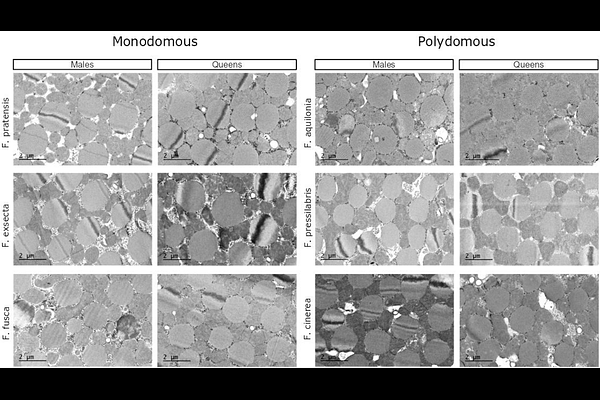Dispersal behavior rather than dispersal morphology creates social polymorphism in Formica ants

Dispersal behavior rather than dispersal morphology creates social polymorphism in Formica ants
Hakala, S. M.; Belevich, I.; Jokitalo, E.; Seppa, P.; Helantera, H.
AbstractDispersal evolution and social evolution are interlinked. Dispersal is necessary for avoiding kin competition and inbreeding, but limited dispersal also allows beneficial social interactions with kin. In ants, a correlation between poor dispersal and complex societies, where a big proportion of queens are philopatric, is well documented, but the underlying causal mechanisms are not clear. In this study we investigate the dispersal ability of six Formica species that vary in their colony queen number and nest founding mode, from three different subgenera. Investigating resource allocation in the bodies of young queens and males allows us to analyze the evolutionary causalities between dispersal ability and social organization. We measured the body ratios including wing-muscle ratio; glycogen, triglyceride and protein resources with colorimetric assays; and microscopic wing muscle structures with transmission electron microscopy, with an overall sample size of 1515 individual males and queens. Our results suggest that the physical condition of individuals does not strongly correlate with the dispersal patterns of the species, contrary to assumptions based on earlier studies in both ants and other insects. There was still a minor effect of social organization on male wing-muscle ratio, which is an interesting case of sexual coevolution of dispersal traits: it is likely that the queen philopatric behavior is reflected in male behavior and consequently in male morphology - even when our overall results support the hypothesis that ant dispersal is male biased regardless of social organization. Further, our intraspecific analyses in two of the six species reveal different patterns in their flight abilities in connection to their social organization, further pointing towards a mismatch between dispersal behavior and ability. In Formica queens, philopatry seems to be a behavioral trait of the individuals rather than a consequence of colony-level resource allocation into dispersal ability, pointing towards a behavior first evolutionary route. The queens may selfishly choose not to disperse even when their society provides them with the resources for it. This raises new questions about conflicts over dispersal in these highly social systems.